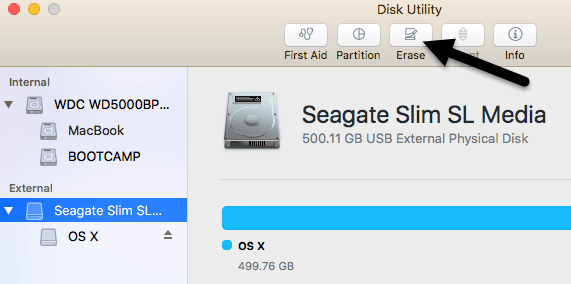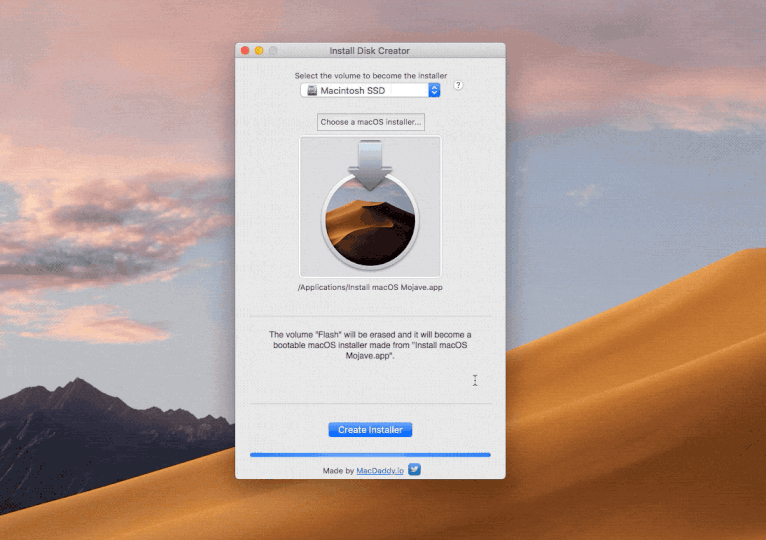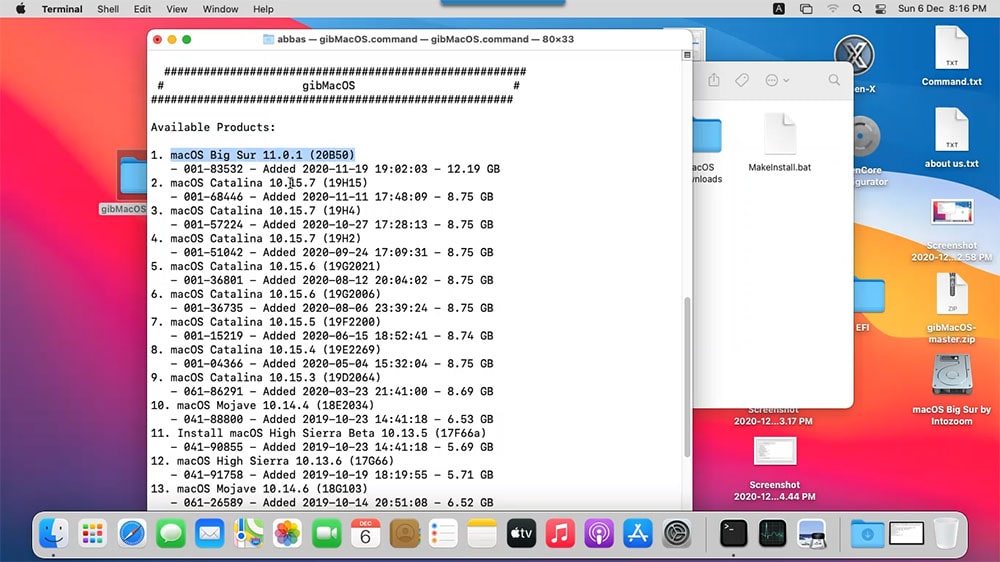Nov.18, 2020
iBoysoft NTFS for Mac V3.0 released. What's New: Compatible with macOS Big Sur & Apple Silicon M1 Mac.
Aug.05, 2020
iBoysoft Data Recovery for Windows V3.5 released. What's New: Improve data recovery quality.
Jun.05, 2020
iBoysoft Data Recovery for Mac V3.6 released. What's New: Apple T2 chip data recovery.
Oct.12, 2019
iBoysoft Drive Manager V3.0 released. What's New: Support macOS 10.15 (Catalina).
Sep.26, 2019
[BRAND NEW] iBoysoft NTFS for Mac V1.8 released.
July, 2019
iBoysoft Data Recovery V3.2 released. What's New: Improved pre-recovery preview feature.
Mar.20th, 2019
iBoysoft Data Recovery V3.0 released. What's New: Added BitLocker data recovery feature.
Sep.18th, 2018
iBoysoft Data Recovery for Mac V2.8 released. What's New: Improve data recovery quality.
Dec.25th, 2017
iBoysoft Data Recovery for Mac V2.6 released. What's New: Support APFS data recovery.
Nov.3rd, 2017
iBoysoft Drive Manager V2.8 released. What's New: Improve read and write speed.
Apr.27th, 2017
iBoysoft Data Recovery V2.0 released.
Mar.25, 2017
iBoysoft Drive Manager V2.6 released. What's New: Fix bugs and improve productquality.
If you’re still using a Mac OS X the time will come when your computer won’t boot, or a problem may arise where you can’t take control of the device, and booting from an OS X installation media will be required.
The bootable USB flash drive lets you access your Mac, scan the start-up disk, and recover Mac data, before you’re compelled to think of ways such as looking for a data recovery service to extract inaccessible data from a dead Mac hard drive. Read this USB drive data recovery guide for more information. Also, since I don’t know whether you are on a PC or Mac to perform this operation, I’m here to break down this guide into two parts. The first part is for Mac users, and the second part is for PC users (Windows 10 based). In no particular order. Part 1: Formatting USB Drive On Mac. Data Doctor recovery digital camera DDR digital camera recovery program recover deleted picture photo music audio video file formats JPG TIF PNG BMP RIFF GIF support removable media USB hard disk drive ATA SATA SCSI MMC micro MU-Flash Smart media card. The Advanced Mode in Dell OS Recovery Tool allows you to create a USB recovery media using an operating system image file (ISO file format). This is useful if you downloaded the operating system recovery image using a Linux, Mac, or Android device and then creating the USB recovery media on a Windows-based computer using the Dell OS Recovery Tool. To create your own Mac OS X recovery USB drive, all you need is a 1GB or larger USB drive. If you have a USB drive larger than 1 GB, you can create a 1.5 GB or 2 GB partition for the recovery drive because the creation process will erase the whole USB drive and use all of the available space no matter how large it is and the drive will become.
This is why it’s recommended that you make a Mac OS X bootable USB when your Mac is in working conditions. However, if you find yourself on a scenario where your device (iMac, MacBook Pro, Air, Mac Pro or Mini) is not responding and you happen to have a Windows 10 device, then you can still be able to make a USB bootable installation media for your Mac OS X to reinstall the operating system using the Recovery Assistant.
These instructions will also work for Windows users who are running Mac OS X on a virtual machine and need to upgrade to the latest version. For instance, to OS X Yosemite.

Requirements
Before you dive into this guide, you’ll need a few things:

- A broken Mac computer with Mac OS X.
- A trial copy of the TransMac software.
- One high quality USB flash drive with 16GB of storage.
- A copy of Apple’s macOS (DMG file).
Now that you have all the necessary ingredients, you’re ready to make a Mac OS X bootable USB using the DMG file of the operating system with the steps below.
Create Mac OS X bootable USB installation media
Before you can use TransMac, you first need to partition your USB flash drive with a GPT partition, as a normal MBR partition may not work. To do this, you’ll need to use the Diskpart command-line utility on Windows 10.
Setting up GPT partition
Use these steps to set up a USB drive with a GPT partition:
Open Start on Windows 10.
Search for Command Prompt, right-click the top result and select the Run as Administrator option.
Type the following command to open Diskpart and press Enter:
Type the following command to determine the USB flash drive and press Enter:
Type the following command to select the storage and press Enter:
Quick tip: Theselect disk 1command as an example, but you have to replace 1 with the number of the flash drive you want to use.Type the following commands to delete everything from the USB thumb drive and press Enter:
Type the following command to convert the drive into a GPT partition and press Enter:
Type the following command to select the new partition and press Enter:

After you complete the steps, the USB flash drive from MBR to GPT format, you can use the steps below to create a bootable USB installation media to install Mac OS X.
Mac Os Recovery Usb From Windows 10
Create USB install media
Mac Os Recovery Usb From Windows 10
Use these steps to create a bootable media to install Mac OS X:
This exercise was to get a running MacOS Catalina VM instance running on VMware. I first wrote this for Catalina Beta but afte rthe official release, a couple things changed. So now it is how to install Catalina on ESXi 6.7. I am using a 2013 Mac Pro with VMWare 6.7 U2 installed. I have High Sierra and Mojave VMs running on the host. Best option is reinstalling Catalina from the scratch!! Status: (using a new AMD GPU) DRM is known to work and you can watch Apple TV and Netflix on your iMac; use gibMacOS (download code on green button and read the online docs) to download the latest and last full Catalina installer (19H05). Installation to disk works not fully. Catalina Reclining Sectional By Catnapper Low price for Catalina Reclining Sectional By Catnapper check price to day. On-line shopping has currently gone a long approach; it's modified the way consumers and entrepreneurs do business today. It hasn't drained the idea of shopping during a physical store, however it gave the consumers an. Should i upgrade to catalina from mojave.

Download and install a copy of TransMac.
Quick note: TransMac is a paid software, but it has a 15-day trial solution, that give us more than enough time to move the DMG files to the USB drive from Windows. (If you want to support the developer, you can purchase the full version.)Insert the USB drive that you’ll use to fix your installation of OS X. (Remember that all the data in the USB will be erased. Make sure you take off any important documents.)
Right-click the TransMac software icon and Run as administrator. (You’ll be prompted to Enter Key or Run, because we’ll be using it once, click the Run option.) Latest update for macbook air 2015.
On the left pane, you’ll see all the Windows PC drives listed, right-click the USB drive that you’re intending to use to reinstall Apple’s OS X and select the Restore with Disk Image option.
In the warning dialog box, click the Yes button.
Use the Restore Disk Image to Drive dialog box to browse for the DMG file with the installation files for Mac OS X Yosemite in this case, and click the OK button to create a bootable USB of the operating system.
Now, you’ll have to wait a long time. No kidding. It could take one or two hours to complete the process depending on your computer and other variables.
Mac Os Recovery Usb From Windows
Once your bootable USB installation media is ready, remove it and insert it into your Mac, power it on, holding down the Option key, and select the USB you just created to reinstall Mac OS X.
If you’re having issues trying to create a bootable media, you can get a USB flash drive that comes with Mac OSX ready to install.
